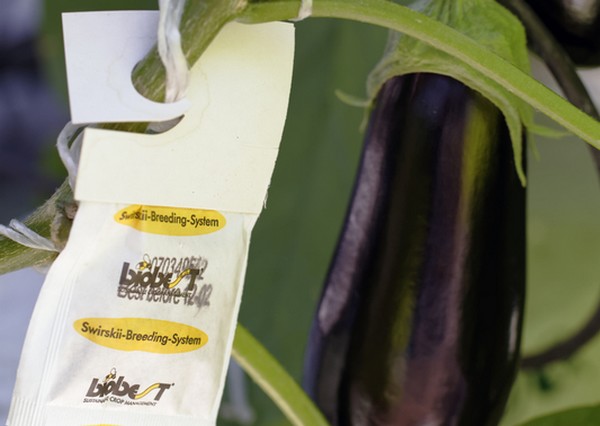The predatory mite Amblyseius swirskii (Athias-Henriot) (Acari: Phytoseiidae) is currently used as an efficient biological control agent of thrips, whiteflies and spider mites, which are economically damaging pests of ornamental plants and vegetable crops grown in greenhouses and fields worldwide. Currently, the effects of relative humidity (RH) and water availability on the optimal growth of A. swirskii are unknown.
Here, the team tests the combined effects of different levels of RH (33%, 53%, 73% and 92%) and water availability on the development and reproduction of male and female A. swirskii feeding on the dried fruit mite, Carpoglyphus lactis (Linnaeus). While eggs failed to hatch at 33% RH, the survival rates of the immature stages at ≥ 53% RH increased solely in response to water availability and not due to changes in RH. Regarding growth and development, low RH extended the egg-adult duration and pre-oviposition period. We also found that the negative effects of low RH on fecundity were partially or completely eliminated when drinking water was available.
For the life table parameters, the highest values of net reproductive rate (R0) and intrinsic rate of natural increase (r) were achieved at the highest RH and when drinking water was available. Overall, water availability mitigated the negative effect of low RH on female reproduction, and female development was more sensitive to water availability than male development. Lastly, a comparison of similar research on A. swirskii suggested that water availability and RH are more influential on r than food source or temperature.
Read the complete research at www.researchgate.net.
San, Phyu & Tuda, Midori & Takagi, Masami. (2021). Impact of relative humidity and water availability on the life history of the predatory mite Amblyseius swirskii.












